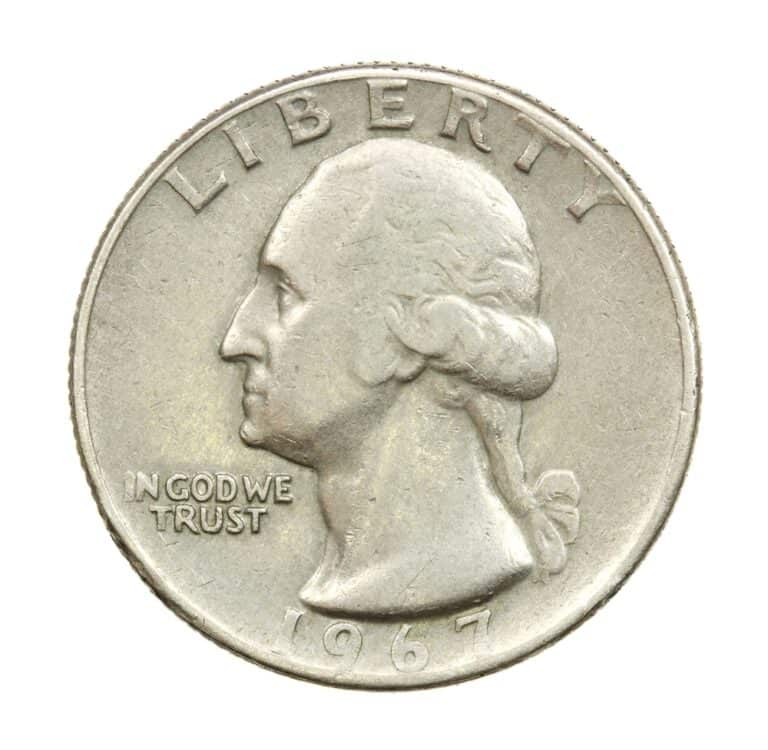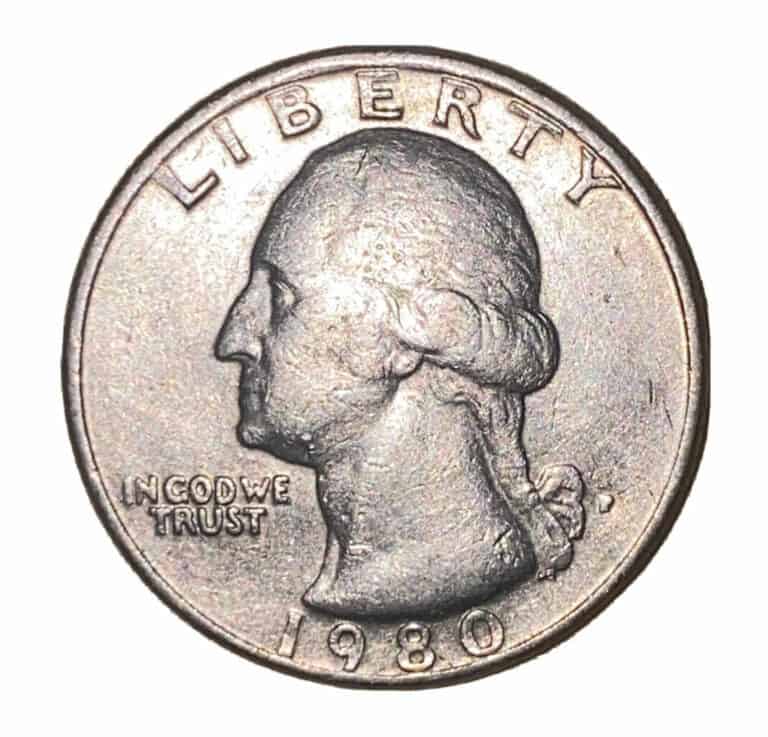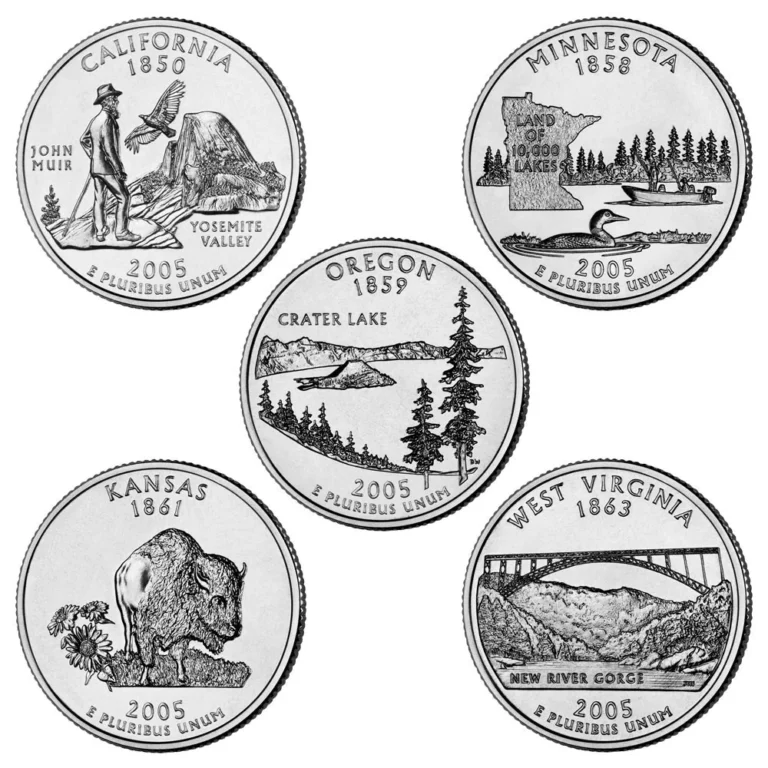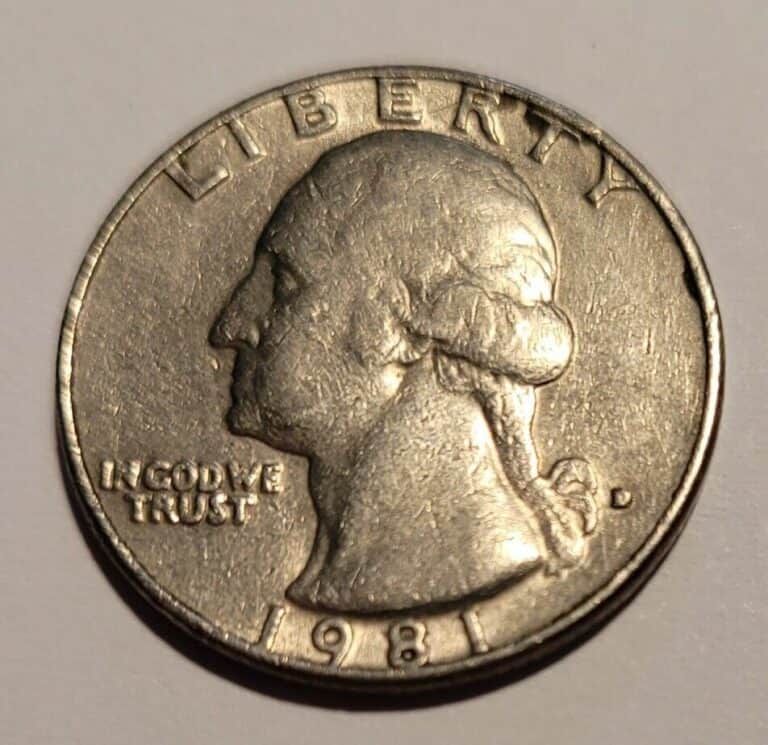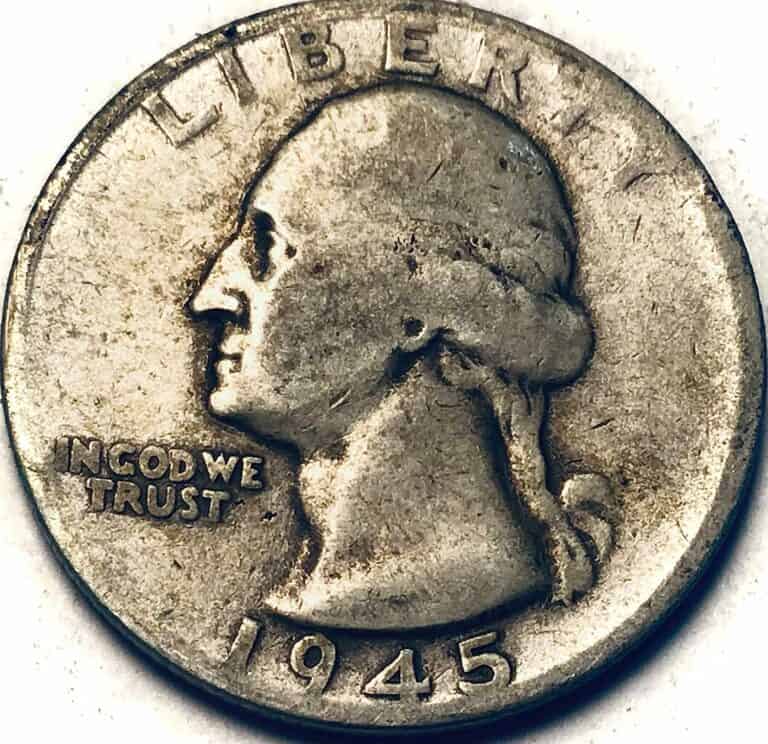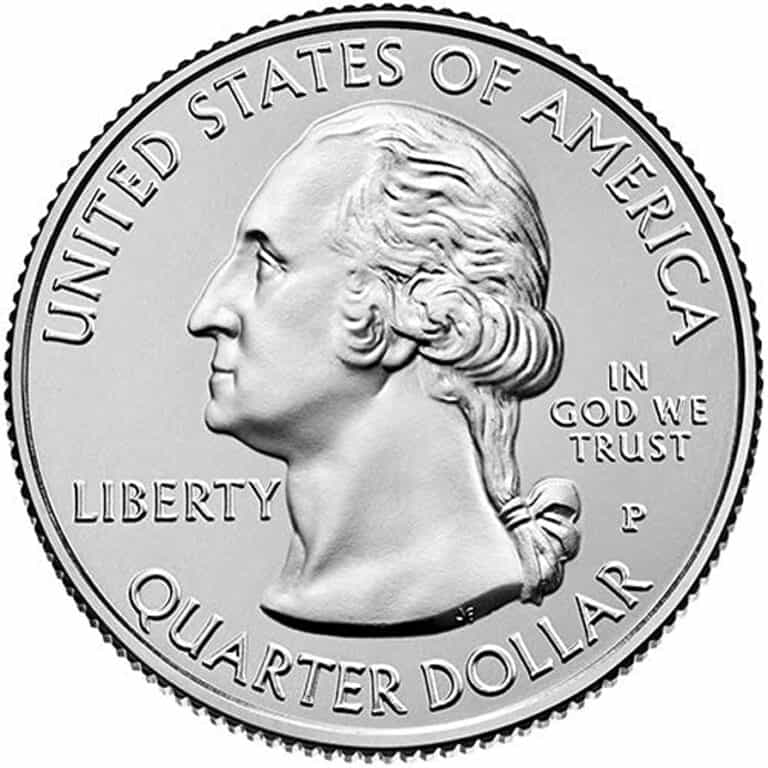1963 Quarter Value: How Much Is It Worth Today?

Struck for decades between 1932 and almost until the end of the 20th century. As such, the Washington Quarter was a staple in US coinage for a very long time and many are still in circulation. In fact, the Washington Quarter even made a return in 2021 with a new redesign.
So, with such a long and rich history, it should come as no surprise that the Washington Quarter has gone through quite a few changes and variants over the years, each with its peculiarities and interesting specifics. Here, we’ll take a look at the 1963 quarter, what it brings to the table, how valuable It is, and whether it’s worth your time as a collector’s item.
1963 Quarter Value Chart |
||||
| Mint mark | Good | Fine | Extremely Fine | Uncirculated |
| 1963 “D” Quarter Value | $5 to $6.50 | $7 to $12 | $13 to $40 | $130 to $1,700 and above |
| 1963 No Mint Mark Quarter Value | $5 to $6.50 | $7 to $12 | $13 to $35 | $90 to $1,200 and above |
| 1963 No Mint Mark Proof Quarter Value | $6 to $12 | $13 to $20 | $21 to $40 | $94 and above |
With over 200 million Washington Quarters leaving the US Mint in 1963, these coins aren’t exactly rare. At the same time, quarters from other years have been minted in much greater quantities, so, 1963 quarters aren’t the most common ones either.
In any case, what you should be looking for aren’t ordinary 1963 quarters which are the majority of those 200+ million coins. Instead, the quarters that are truly valuable are the ones that are preserved in extra good quality, i.e. that have the least amount of wear and tear on them.
Such coins can easily cost over 20x times their face value of $0.25, meaning that they can be worth over $5 regardless of which mint they came from. This can seem like surprisingly much but it isn’t once you consider that the melt value of these coins is about $4.51 today because of their silver content. This is also why silver quarters stopped being made with silver in 1965.
If you want a particularly valuable coin, however, you need to look for ones that are of even better quality and, ideally, ones that have never even made it into circulation.
When such coins also have some interesting manufacturing errors on them too, that’s why they can cost hundreds or even thousands of dollars.
1963 “D” Quarter Value

The first and most numerous variant of the 1963 quarter is the “D” quarter, i.e. $0.25 coins made by the Denver Mint. There are a total of 135,288,184 such coins made in 1963, so more than half of the quarters made that year bear the “D” mint mark.
Design-wise, these quarters are identical to all other Washington quarters from that period – both the obverse and the reverse sides are made by John Flanagan, the coin weighs 6.25 grams and is made out of silver with a fineness of 0.9. The diameter of these coins is 24.3 mm and their edges are reeded.
Flanagan’s design for the obverse is that of George Washington’s left-facing head with the words “In God we trust” placed directly under his chin. The date, 1963 in this case, is placed at the bottom of the obverse, under Washington’s neck, and the word “Liberty” is printed at the top.
The reverse side of the coin features an eagle with wide-spread wings perched on a bunch of arrows and above two olive branches. Under those are the words “Quarter Dollar” and directly above the eagle’s head is written the motto “E Pluribus Unum” or “From many, one”. Above that are the words “United States of America”.
The last detail – and the only one that’s unique to the 1964 “D” quarter is the presence of a tiny capital letter D right under the two olive branches on the reverse side and above the “Quarter Dollar” text. This is the coin’s mint mark which indicates it was made by the Denver Mint.
So, if the 1963 “D” quarter looks just like any other and was minted in fairly high numbers, does this mean that it isn’t valuable? Yes and no. Ordinary quarters from that year that had been in wide circulation and have accumulated a fair bit of wear and tear won’t be worth much past their melt value of ~$5.
This doesn’t mean that very well-preserved quarters that are in mint or uncirculated condition won’t be worth much more, however – such coins are still quite rare as the vast majority of those 135+ million coins made in Denver made it into wide circulation.
So, a rare high-quality quarter that also happens to have certain rare and desirable manufacturing errors can easily be with dozens, hundreds, or even thousands of dollars.
For example, there are about 30 known 1963 “D” quarters of MS 67 quality today. MS stands for “mint state” and 67 refers to the 1-to-70 Sheldon coin grading scale. Those 30 coins today are valued at around $1,050 each. What’s more, an MS 68 1963 “D” coin sold for $24,000 in 2022 – that’s what kind of difference a tiny bit better quality can make.
1963 No Mint Mark Quarter Value
The second major mintage of Washington quarters came from the Philadelphia Mint. These coins are recognizable by the lack of a mint mark at the bottom of the reverse side of the coin where the “D” mint mark is on Denver-made coins. A total of 74,316,000 such coins were made in 1963 which is nearly two times fewer but still quite a substantial number.
What’s noteworthy is that the Philly Mint traditionally didn’t put mint marks on most of their coins until the 1980s, so, the lack of a mint mark on these 74+ million quarters isn’t really a major exception. This is something that often confuses people new to numismatics as they can easily assume that the lack of a mint mark is some type of rare manufacturing error that might enhance the coin’s value.
So, is there anything else that’s special about Philly-made 1963 quarter coins? Not really – these coins were made with the exact same design that other Washington quarters had both before and after 1963. They are also made of silver with 0.9 fineness so they too have a melt value of around $4.51.
What’s more, the smaller mintage doesn’t really make these coins all that rarer than “D” coins. That’s because the vast majority of all these coins, whether they were made in Denver or Philadelphia, were put into wide circulation. Such circulated coins won’t have a collector’s value higher than their melt value simply because their wear and tear is too much.
In other words, the noteworthy Philly-made 1963 quarters that are in near-mint or uncirculated quality are about as many (or as few) as their Denver-made counterparts. Hence why the value of both is quite similar.
For example, there are MS 67 Washington Quarters with no mint marks from 1963 that have sold for $11,163 in 2014, others that have sold for $6,600 in 2021, and yet other MS 67s that were valued at around $9,000 in 2023.
As you can see, the value of such coins can fluctuate but it’s always pretty high as long as the quality of the coin is great and it has certain valuable errors or specifics on it. Another factor is, of course, the total number of such coins available. Whenever more mint-state or uncirculated coins are found and brought into the market, the value of all the others will drop a bit.
1963 No Mint Mark Proof Quarter Value
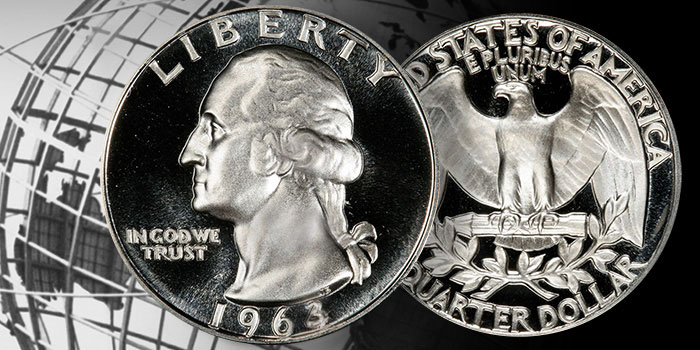
Proof coins are something the US Mint produces almost every year and for almost every type of coin that’s made. Such coins are minted separately and through an entirely different and more expensive process. This results in a much higher visual quality, the purpose of which is to help these proof coins act as “proofs” against counterfeits and fakes.
In practice, however, the main use of proof coins is as collector’s items. That’s why the US Mint always makes at least a couple million proofs of each coin every year, even though they are more expensive to make – because they turn a profit when sold to collectors.
In the case of the 1963 quarter, the Philadelphia Mint was tasked with the making of 3,075,645 proof quarters. These quarters come in a few different quality grades because the special acid-picking technique used for their making means that the first 50-100 coins are of an excellent Deep Cameo (or Ultra Cameo) grade, the next hundred or so are of a Cameo grade, and then all the rest of “standard” proof coins.
This creates a couple of sub-categories within proof coins that are even more valuable to collectors but “standard” proof coins are also still quite valuable. Plus, the presence or lack of certain manufacturing errors can further increase or decrease the value of even the highest-quality proof coin.
For a few examples, a PR 67 grade 1963 proof quarter sold for $3,405 in 2014 but a PR 70 coin in 2021 sold for only $1,680. A PR 69 Cameo proof coin in 2021 sold for only $299 because there wasn’t anything extra special in it while a PR 69 Deep Cameo coin in 2022 sold for only $805 for the same reason.
So, as you can see, coin grading can be complicated and manufacturing errors are quite a big part of the mix. So, let’s talk about both next.
1963 Quarter Grading
Grading 1963 quarters isn’t different from grading any other kind of coin. The number of coins on the collector’s market at any given time is a chief factor, followed by the overall visual quality of the coin, and the presence of certain rare manufacturing errors.
Lists of 1963 Quarter Errors
With over 200 million quarters minted in 1963, it’s not surprising that there are quite a few errors that have occurred on many of them. Not all errors increase a coin’s value, of course, as some are just plain or outright ugly. “Good” errors can make a coin look quite interesting and ramp up its collector’s value, however. Here are some visual examples as well as a list of errors to watch out for below:
1963 Quarter Double Die Error
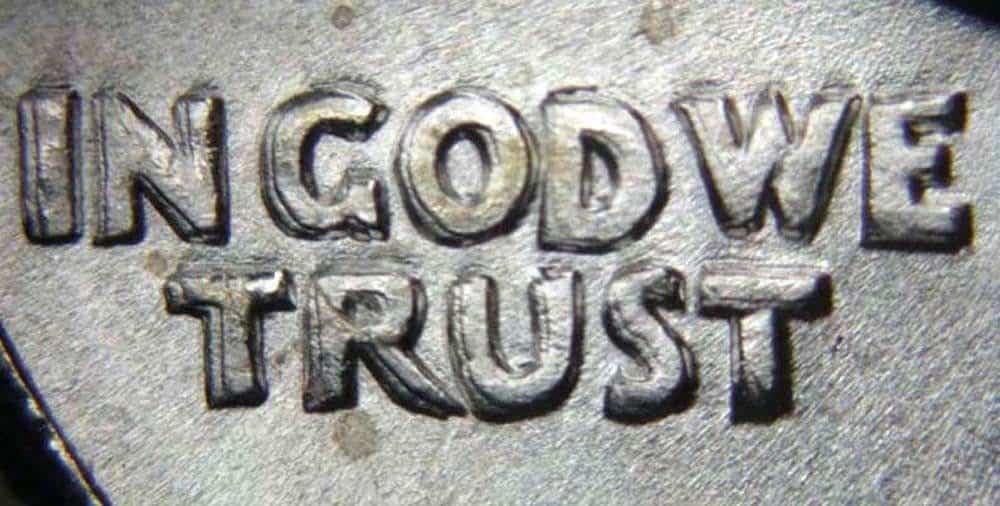
Double Die errors can occur on any coin as all it takes for such an error is that the coin’s metal planchet moves a bit between the die’s strikes. When that happens, the images and letters on the coin’s obverse or reverse sides get a bit distorted or blurry – usually not too much to make the coin unappealing but just enough for it to be noticeable and interesting.
1963 Proof Quarter Type B Error
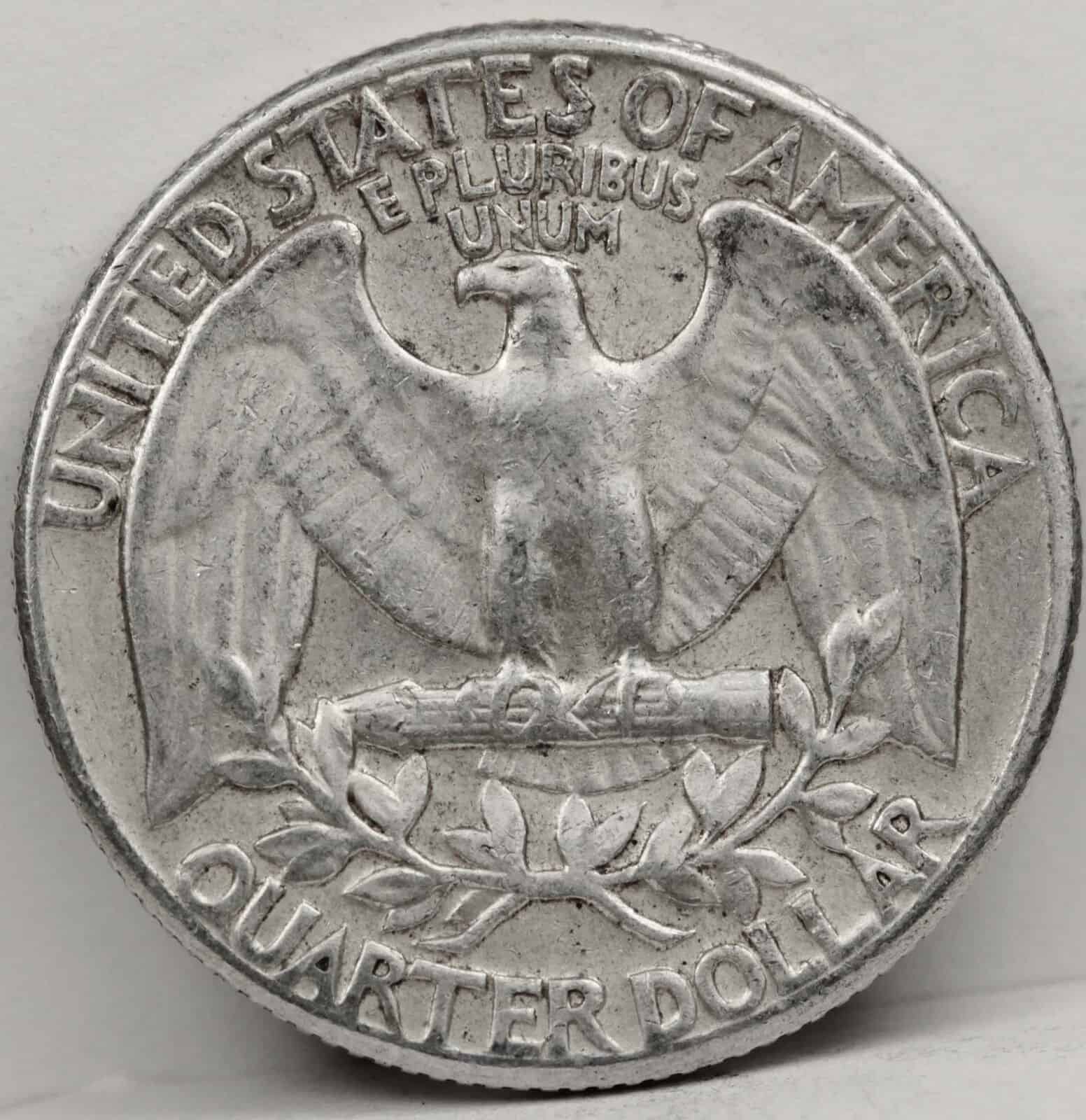
This error is exclusive to proof quarters and so far there have been three such coins graded by the PCGS (Professional Coin Grading Service). What is unique about these coins is that they were made using a regular Washington Quarter die rather than the typical acid-picking technique used for proofs. This does mean that these quarters aren’t as high-quality as other proofs, however.
Still, their sheer rarity helps them command good prices such as a Type B proof with MS 67 quality that sold for $1,020 in 2021.
1963 Quarter Struck on a Dime or Penny Planchet Error
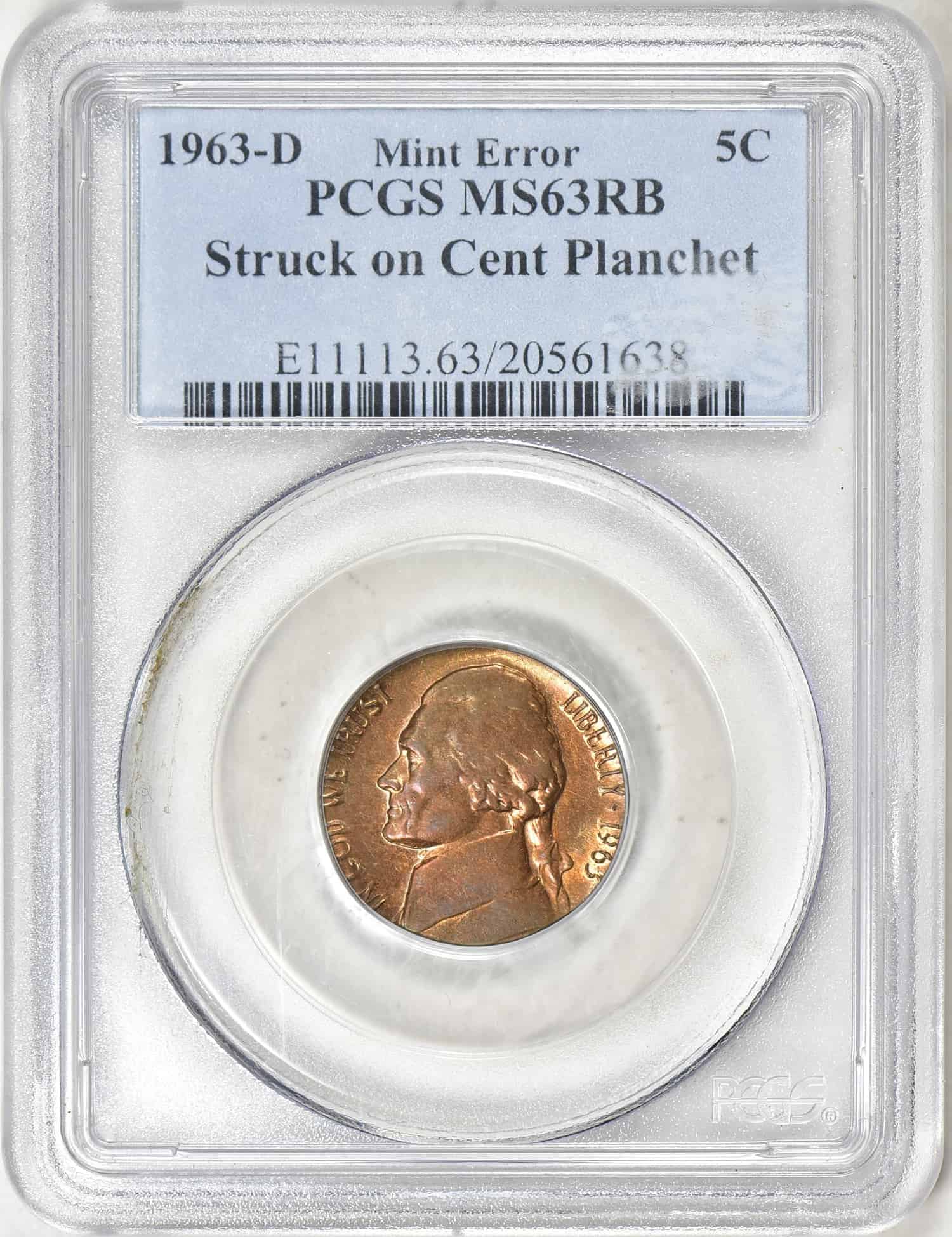
Coins do occasionally get minted on the planchets for other coins for some reason and 1963 quarters are no exception. This is known to have happened multiple times both with a dime and penny planchets. As the quarter’s design is meant for a larger planchet, when that happens, most of its design doesn’t fit in the dime or penny planchet and the resulting coin looks funky and interesting.
1963 Quarter FAQ
Is there anything special about a 1963 quarter?
There isn’t anything all that specific in the overall 1963 mintage of quarters, aside from the fact that it was just two years until the US Mint started making Washington quarters with no silver in 1965. This doesn’t mean that there aren’t some extra special and interesting individual coins in the 1963 mintage, however.
Is a 1963 Quarter Pure Silver?
Yes, 1963 quarters are made of 90% silver as was the norm for decades before that. This practice did stop two years later, so, these are some of the last silver quarters minted in the US.

